Take Control of Indoor Air Quality On Your Campus with Air Purification
According to an extensive review by the EPA, the most effective air purification technology uses a combination of medical-grade HEPA and activated carbon.
The blend of 60 square feet of medical-grade HEPA and blend of activated carbon and zeolite in the Austin Air HealthMate will effectively remove pollutants from the air.
The EPA Warns Against Other Technologies
ESPs and Ionizers Won’t Do!
ESPs and ionizers remove particles by an active electrostatic charging process that requires electricity to charge, particles that become attracted to and adhere to oppositely charged plates or other indoor surfaces. Unfortunately, the particles can become airborne again.
The Dangers of Ozone!
Rumor has it ozone is effective at removing pollutants from the air. But it doesn’t mean you need an ozone generator in your campus spaces. Ozone does not penetrate walls, floors, or other surfaces. And ozone is extremely hazardous to human health.
According to the EPA: “…Many electronic air cleaner devices—including portable and duct-mounted ESPs, ionizers or ion generators, uncoated UVGI lamps, and other products that advertise the use of “plasma,” “ions,” and other similar terms—can generate high amounts of ozone. Ozone is a well-documented lung irritant. Intentional ozone generators should not be used in occupied spaces.”
Listen to a snippet from a recent podcast where Dr. Lyn Patrick warns against ozone.
Listen to a snippet from a recent podcast where Dr. Lyn Patrick warns against ozone.
Not all air purifiers are equal.
That’s why, in reference to EPA, WHO, CDC, and other health professional recommendations, we’ve put together a list of six things to look for when buying an air purifier.
-
It should use CDC and EPA recommended technology.
-
Its filters should last longer than a few months.
-
It should not off-gas.
-
The company should be able to back all claims with real data.
-
It should be engineered to create a circular airflow.
-
It shouldn’t need unnecessary bells and whistles.









